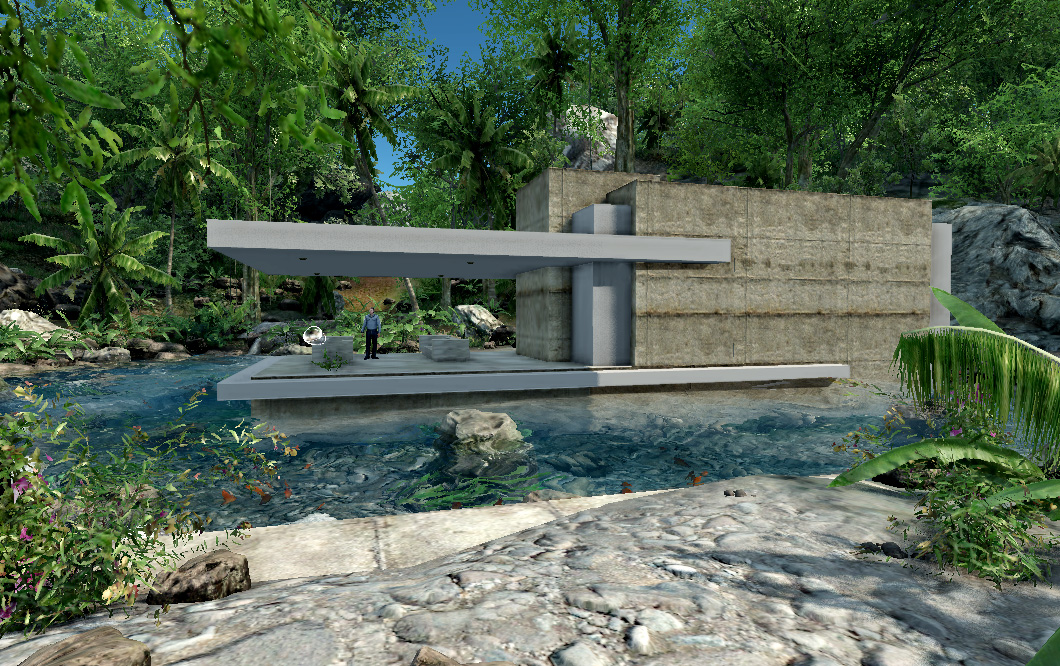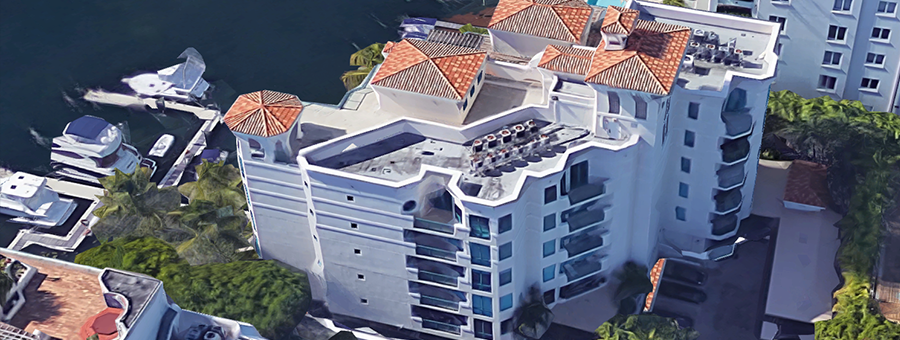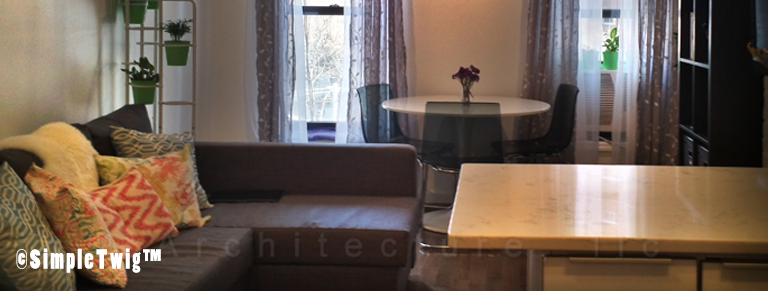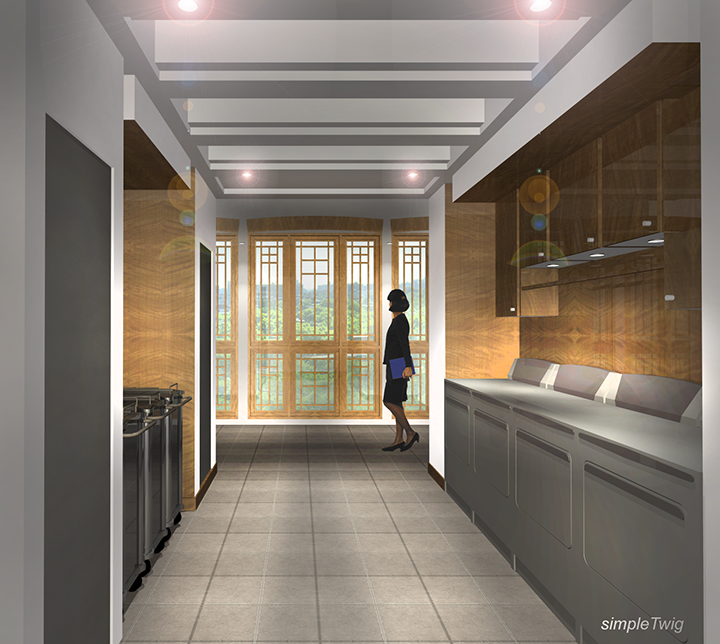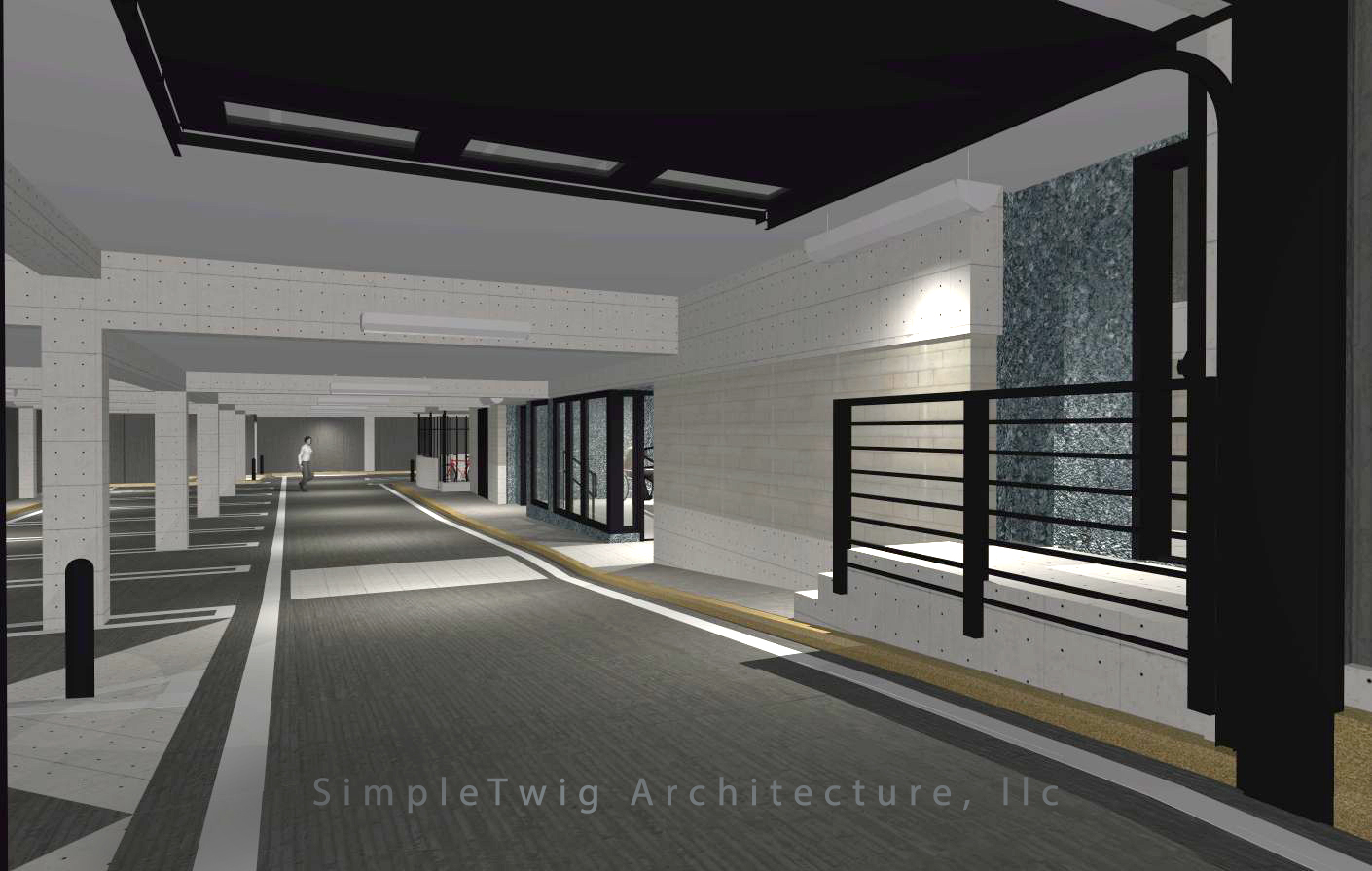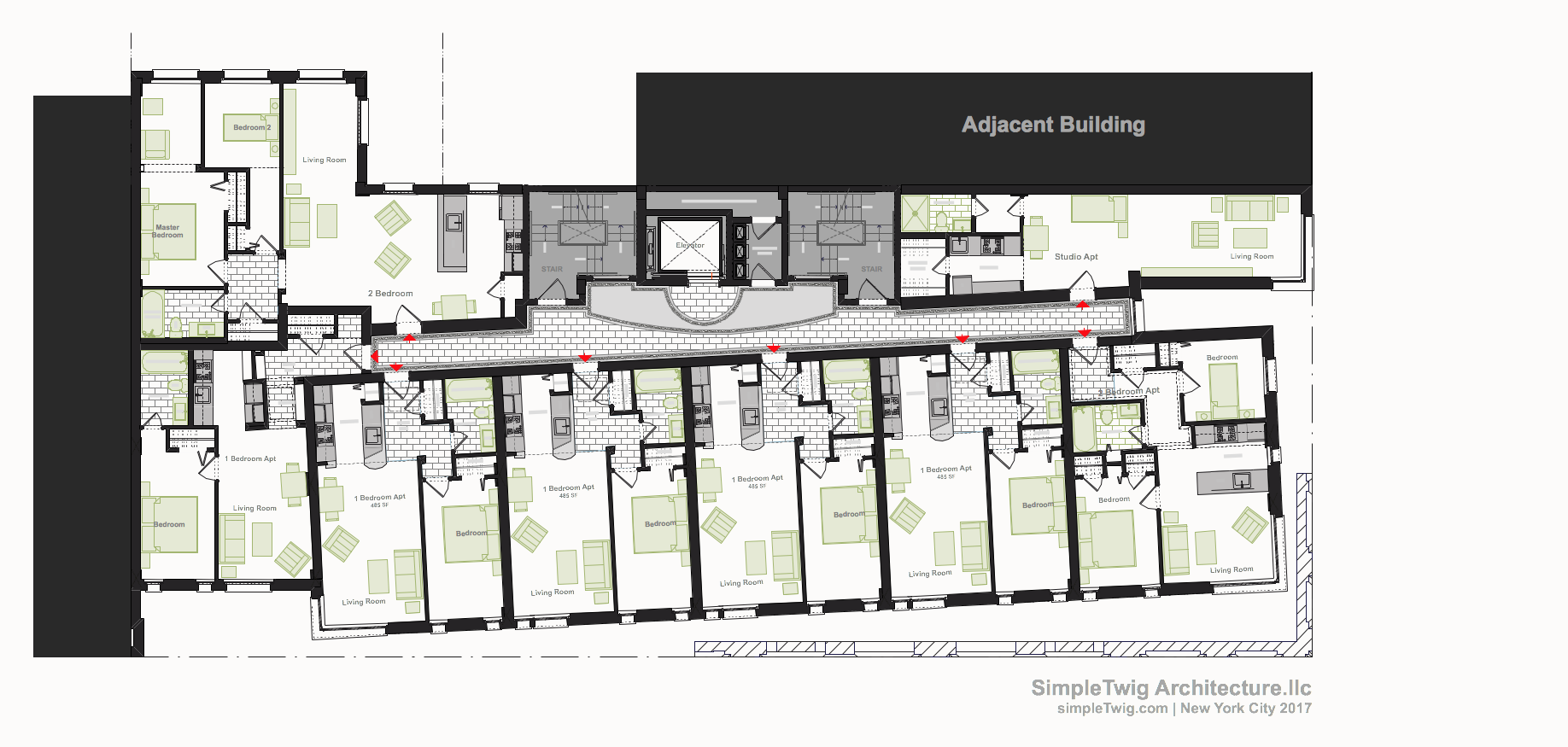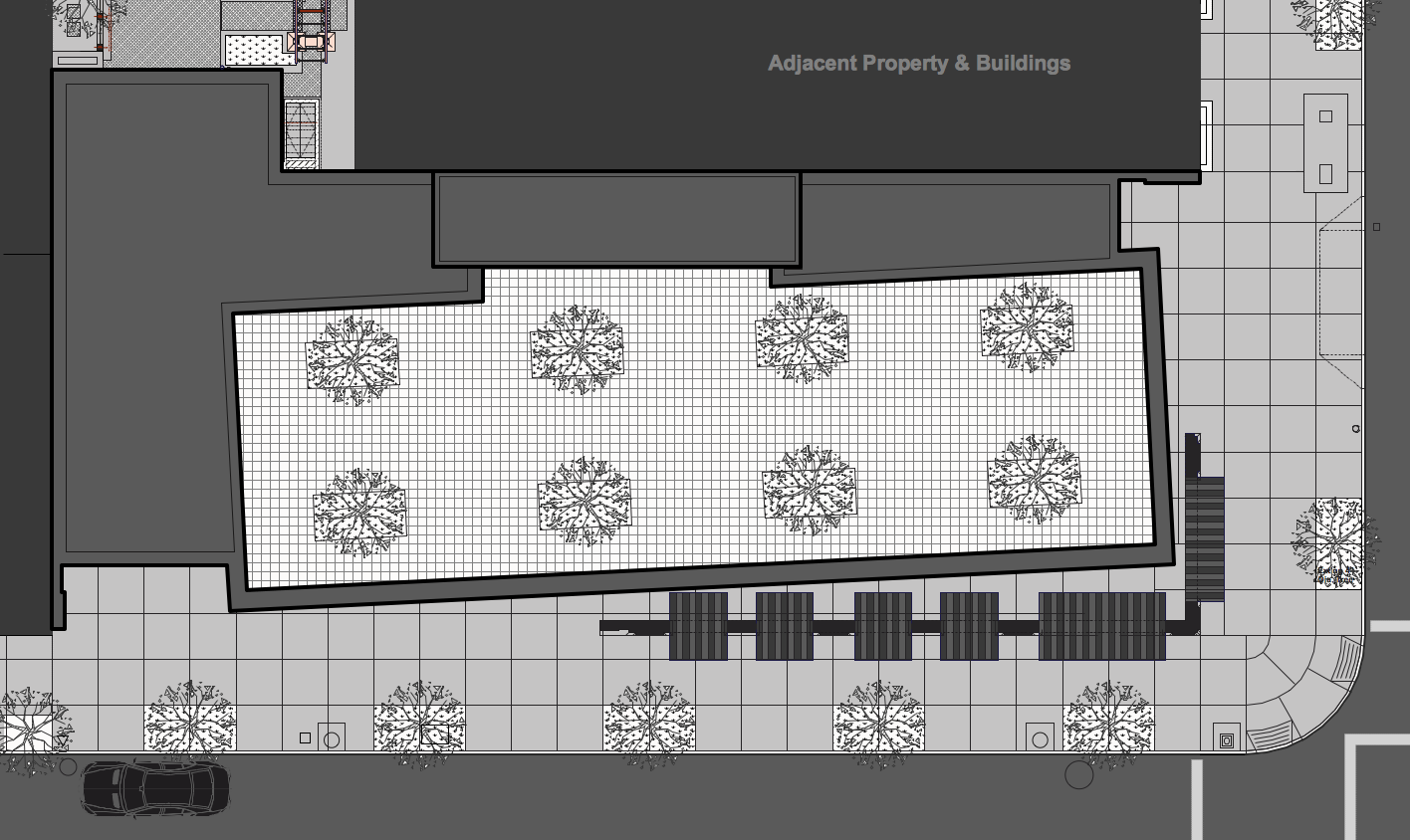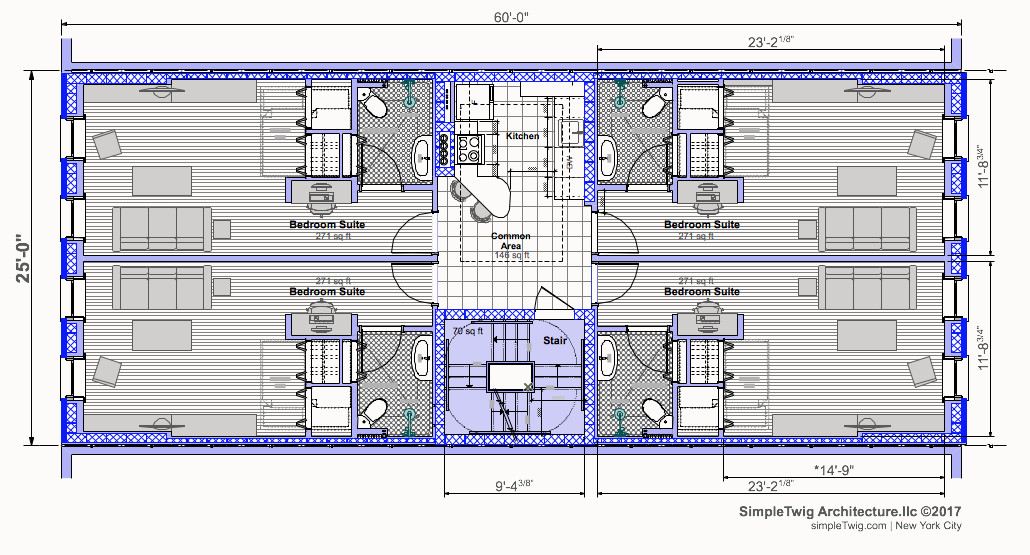The following analysis for ‘large residential developments’ provides the basics to determining actual quantities of varying sized dwelling units which includes both owner occupied and rentals, as well as low, moderate and high-end units. This program development is done to create a development which reinforces the fundamental composition of a vibrant community, an important part of any neighborhood. The analysis, based on population quantities and age groups, creates a prototype model which can be applied to future residential developments. It also accommodates a small percentage of affordable housing which can be provided at little or no cost, thus responding to a growing social need and proving itself worthy, in all respects, to being an integral part of a community.
The community, both physical and psychological, wishes to achieve the feeling of an extended family, in which all its inhabitants are respected and welcomed, ensuring that no person shall be brushed away as not worthy. It is a community which embraces variety both physically (in the physical form and detail) and in its spirit, for it is variety that provide the foundation for a thriving, energetic, vibrant place. The result in all aspects reflects the best of social living.
The resulting development, containing between 300 and 1500 units, plays its part of a larger city block and street/city scape, incorporating the spirit of surrounding context and enhancing its place with connections to other parts of the city, establishing its place within the larger community. The resulting design, much like the Boston ‘Tent City’ residential development which I designed, consists of a combination of low and mid-rise structures. And for this study I take the best of what I design there, both physically and programmatically, pushing that design technology forward using data from a variety of sources to support the resulting conclusions.
This is Part 1 of an unknown series of examinations into creating the perfect urban residential development. One that is self-sustaining, environmentally friendly and inclusive. It hope to establish basics of program, reinforcing things all humans need to feel like they are home, welcomed, secured and proud of their habitation.
Continue reading “Quantitative Deduced Program for Large Residential Developments”
